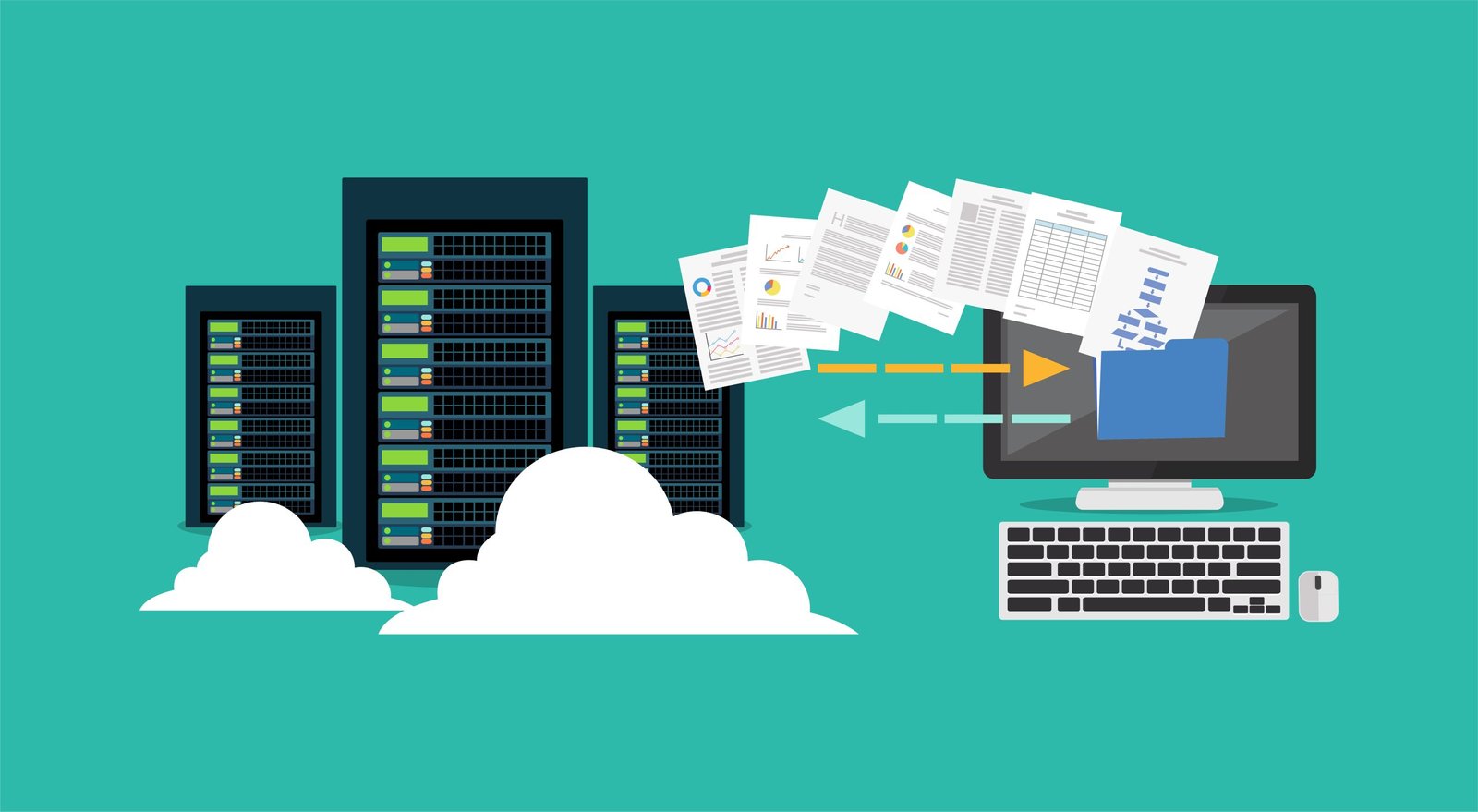Nowadays, both website owners and users place a growing amount of importance on how quickly a website loads. Because people are accustomed to receiving the information they require instantaneously, even a brief delay might permanently turn off a user. Optimizing the hosting side’s settings is just as crucial as considering the content or design if you want your website to “fly.” Even with a simple price, this creates a plethora of opportunities to improve performance.
Using the most recent versions of server software, including database management systems and programming languages, should be your top priority. Modern software includes better query processing algorithms, operates more quickly, and—most importantly—gets security upgrades on a regular basis. The proper cache settings are an additional crucial feature. By saving pages that have already been prepared for the user in the server cache, the site loads very immediately the following time. This is particularly crucial for resources that have dynamic material or a high volume of visitors.
Another secret trick that helps cut down on page opening wait times is database optimization. Performance is further enhanced by routinely removing transitory or superfluous records, indexing tables, and compressing data. It is also worthwhile to use server settings for traffic compression, such as turning on gzip, which drastically lowers the amount of data delivered and speeds up page loading, even on sluggish Internet connections.
One important factor is the server’s location. The site can load as quickly for local users if the primary audience is situated in a certain area by using a data center that is geographically closer. Lastly, don’t overlook the availability of extra resources, such as content delivery networks or server capacity reserved for the most popular pages.
In addition to being convenient, a quick website gives you a competitive edge. Setting up your hosting correctly will produce the best conditions for your project’s expansion and stability, and the work you put into these areas will pay you in the form of increased online capabilities and loyal visitors.




